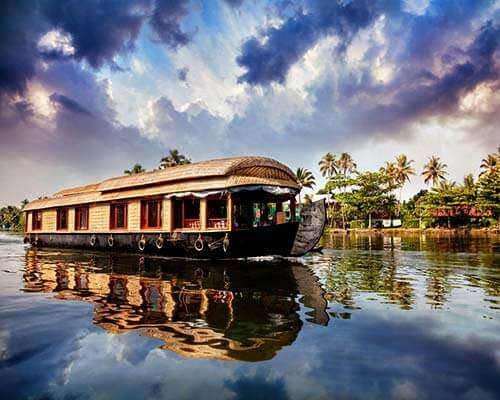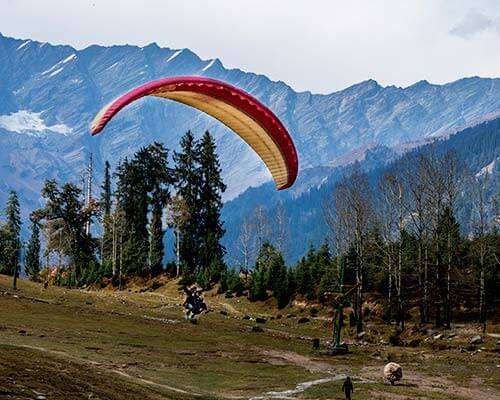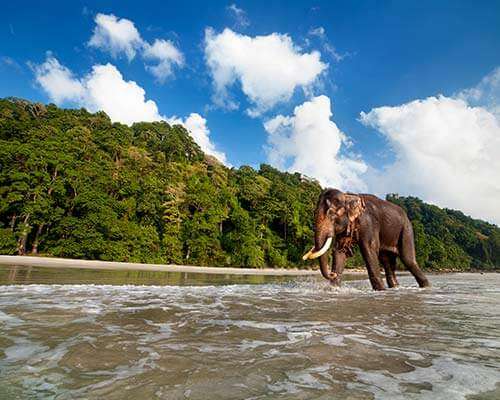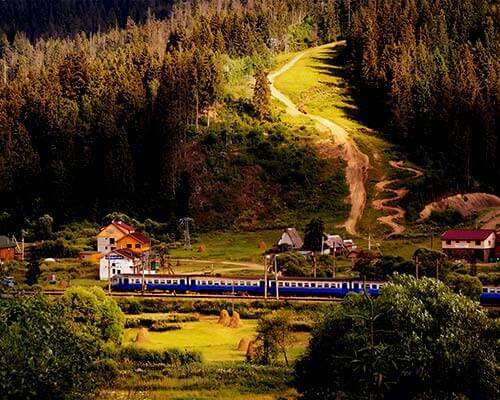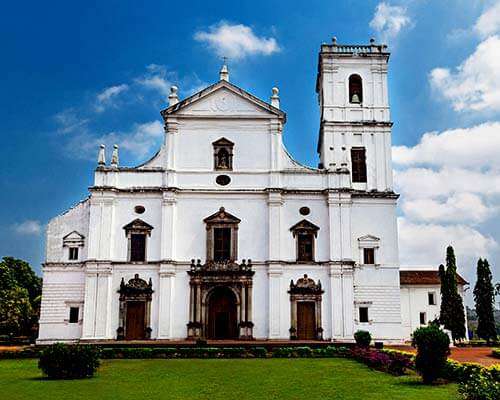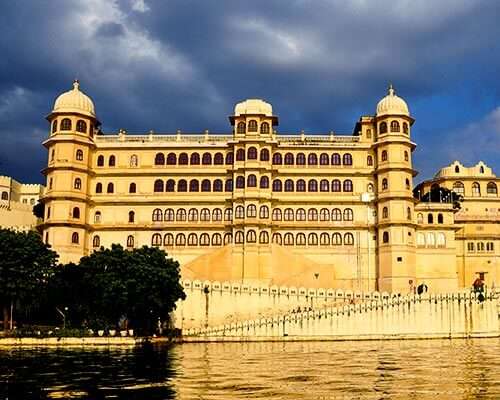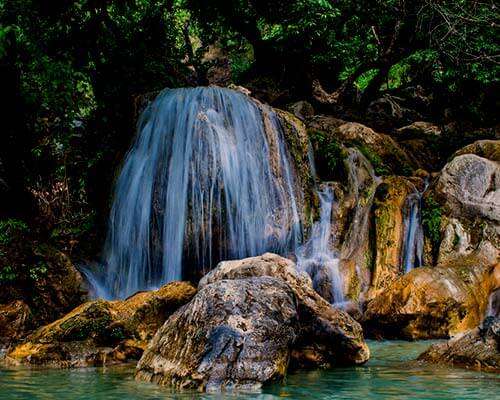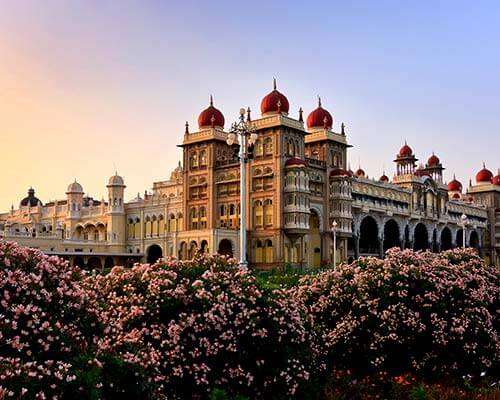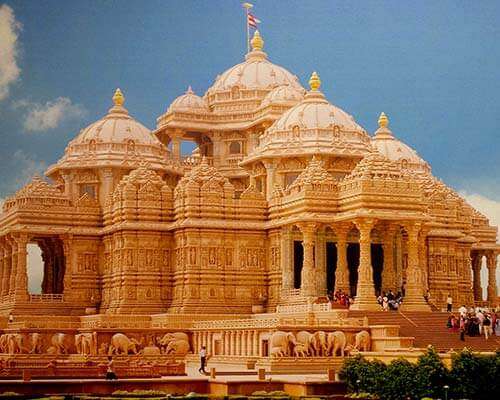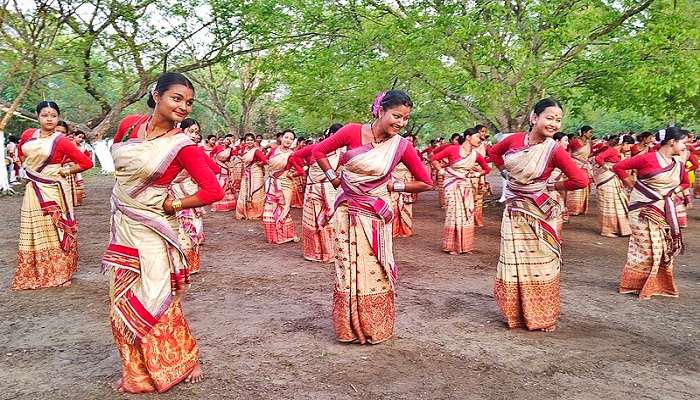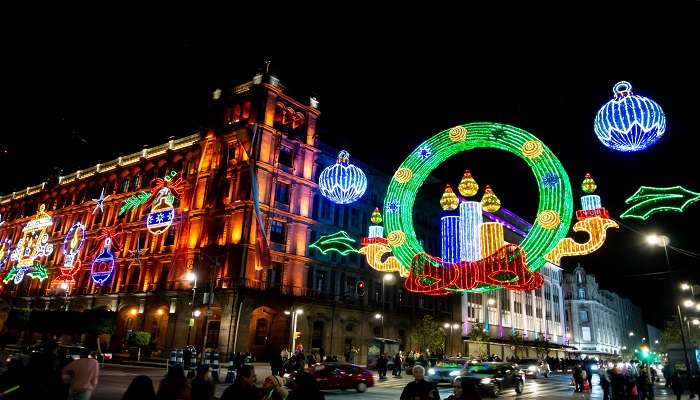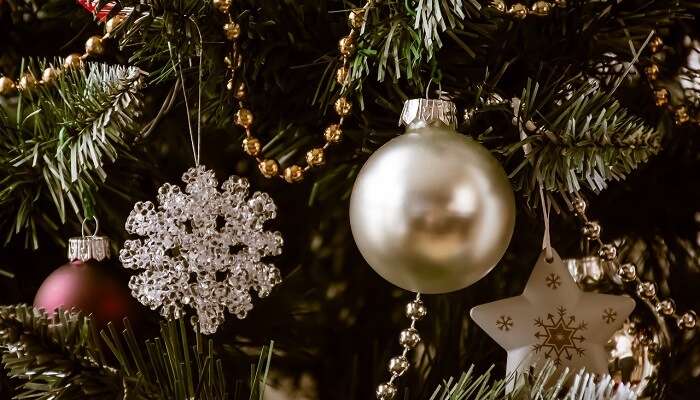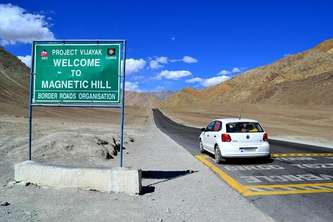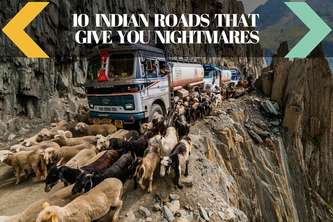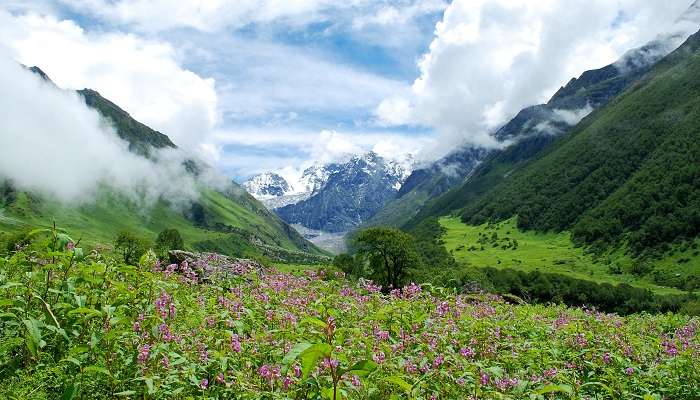Jagannath Puri Rath Yatra 2025: Dates, Rituals & Visitor’s Guide

The Jagannatha Rath Yatra is a big Hindu festival that happens every year in Puri, Odisha. It celebrates the journey of Lord Jagannath, his brother Balabhadra, and his sister Subhadra from the Jagannath Temple to the Gundicha Temple.
Lord Jagannath is a form of Lord Krishna, who is connected to Lord Vishnu. The festival will take place on June 27, 2025, with loud drums and chants of “Jai Jagannath!” Thousands of people will come together to pull the big, colourful chariots through the streets of Puri. If you want to experience this special festival like a local, this guide will give you all the details you need.
Meaning & Significance

‘Rath’ means chariot, and ‘Yatra’ means journey, so Rath Yatra means the Chariot Festival. The Jagannath Puri Rath Yatra is a special festival that celebrates Lord Jagannath, his brother Balabhadra, and his sister Subhadra. During the festival, these gods leave the temple and travel through the streets in a big parade so everyone can see them.
This journey has a deep meaning because it shows the gods coming down from their temples to be with their followers in the streets. The Rath Yatra is for everyone, no matter where they come from or what they believe, making it a truly welcoming celebration for all.
Looking To Book A Holiday Package?
When Will the Jagannath Rath Yatra Take Place in 2025?
The yatra lasts 9 days and includes daily rituals. Here is a list of the main festivals during Rath Yatra along with their dates:
| Date | Festival Name | Significance |
|---|---|---|
| April 30, 2025 | Akshaya Tritiya | Start of Rath Yatra preparations; chariot construction begins. |
| June 11, 2025 | Snana Purnima | Idol bathed with 108 pots of holy water and dressed as elephants. |
| June 13–26, 2025 | Anavasara | Idol rests in isolation; the temple is closed to the public. |
| June 26, 2025 | Gundicha Marjana | Gundicha Temple is cleaned to welcome the deities. |
| June 27, 2025 | Rath Yatra | Grand procession of deities on chariots to the Gundicha Temple. |
| July 1, 2025 | Hera Panchami | Goddess Lakshmi symbolically visits Lord Jagannath. |
| July 3, 2025 | Sandhya Darshan | Special evening, Darshan, for the deities at Gundicha Temple. |
| July 5, 2025 | Bahuda Yatra | Return journey of Idol (Bhagwan ki Muhurti) to Jagannath Temple. |
| July 6, 2025 | Suna Besha | Idols are decorated with golden ornaments. |
| July 7, 2025 | Adhara Pana | Sweet drink offered to deities; pots broken as a symbol of humility. |
| July 8, 2025 | Niladri Bijay | Deities re-enter the Jagannath Temple’s pavitra sthaan. |
Key Rituals During Jagannath Rath Yatra

-
Pahandi: Priests carry the wooden idols of the gods from the temple to their chariots. They move Lord Balabhadra first, then Goddess Subhadra, and finally Lord Jagannath. The parade is filled with the sounds of shanks, bells, and prayers. People believe watching it brings good luck.
-
Chhera Pahanra: One special moment is when the King of Puri sweeps the chariot path with a golden broom, called Chhera Pahanra. This tradition shows that everyone is equal in the eyes of Lord Jagannath, and even the king humbly serves the gods.
-
Ratha Pratistha: Priests bless the chariots to make them holy. They chant special prayers, sprinkle holy water, and offer flowers and incense. This ritual transforms the chariots into holy spaces, ready to carry the gods during the festival.
-
Ratha Tana: Thousands of people pull the ropes attached to the chariots, moving them along the road towards the Gundicha Temple. It’s the most exciting and famous part of the festival. The process takes 6-8 hours, and people believe it brings good luck and blessings
-
Adapa Abhisheka: After reaching the Gundicha Temple, the gods get a special herbal bath after their journey to the Gundicha Temple. This bath refreshes the idols, and during this time, the gods are shown without their usual decorations, symbolising that they are close and accessible to everyone.
-
Bahuda Yatra: On the ninth day, the gods’ return journey during the Rath Yatra is called the Bahuda Yatra. After staying at the Gundicha Temple for a few days, the gods return to the main Jagannath Temple in Puri. Devotees pull the chariots once again, and along the way, they offer special sweets like “Poda Pitha” to Lord Jagannath.
-
Suna Besha: After their return to the main temple, the gods are dressed in beautiful gold jewellery and ornaments. The gods look royal and majestic, and people gather in large numbers to see them in their golden attire.
Origins of Jagannath

According to Hindu beliefs, after leaving Earth, Lord Krishna was worshipped in different forms by his devotees. One such form is Lord Jagannath, who is worshipped mainly in Puri. It is said that a king named Indradyumna had a dream in which he was guided to build a temple for Lord Vishnu. He was also told to find a special floating wooden log in the ocean. That sacred wood was then used to carve the idols of Lord Jagannath, Balabhadra, and Subhadra.
The idols looked different from regular statues of gods. Most idols are carved to look like complete human figures. But these idols were made in a very special way. Their faces are large and round, and they do not have shaped hands or legs. Yet, they are deeply respected and worshipped. Their unique shape is now part of what makes them so special and sacred to devotees.
Tradition of Puri Jagannath Yatra
It is believed that Lord Jagannath once wanted to visit his birthplace, Vrindavan, where he had spent his childhood as Lord Krishna. To celebrate Krishna’s return to Vrindavan, the people of Puri began the tradition of taking the idols out of the temple once every year. They placed the idols onto large chariots for a festival celebrating devotion, joy, and togetherness.
Types of Jagannath Raths With Names

New chariots are made from sacred trees like phassi and dhausa every year. These chariots carry the idols of the gods, which are placed on them during the festival. The gods are taken out of the temple in a big procession and pulled to the Gundicha Temple for three kilometres.
Nandighosa – The chariot of Lord Jagannath
- 45 feet high, 16 wheels
- Draped in red and yellow cloth
Taladhwaja – The chariot of Lord Balabhadra
- 44 feet high, 14 wheels
- Draped in red and blue cloth
Darpadalana – The chariot of Goddess Subhadra
- 43 feet high, 12 wheels
- Draped in red and black cloth
Pulling the chariots is seen as a holy act. People believe that touching the rope or helping pull the chariot can remove their sins, which is why millions of people join in this special event.
Suggested Read: Temples in Puri
Jagannath Rath Yatra in Puri Route

The Jagannath Yatra’s grand chariots are pulled by devotees, who chant and dance in the streets. The procession halts at the Mausi Maa Temple, where the deities are offered Poda Pitha, a traditional sweet. Then, they proceed to the Gundicha Temple, where they stay for seven days.
Booking can be a hassle. Call us on 1800-123-5555 to help you with the booking.
The Return Journey – Bahuda Yatra Route

After spending time at Gundicha Temple, the deities return to their main temple during the Bahuda Yatra. On their way back, Lord Jagannath’s chariot halts at the cremation site of Bhakta Salabega, a Muslim devotee, symbolising the Lord’s universal love for all beings, regardless of faith or background.
Plan Your Trip to Jagannath Puri Rath Yatra
If you plan to participate in the Rath Yatra 2025, here are a few tips on how to reach it, where to stay, and how to plan your itinerary.
How to Reach Puri

- By Road: Connected via NH 316 to Bhubaneswar and other cities
- By Train: Puri Railway Station is 2.8 km from the Jagannath Temple
- By Air: The nearest airport to Puri is Biju Patnaik International Airport (BBI) in Bhubaneswar. You can take a taxi (₹1,200-1,500) or bus (₹150-200) to Puri, around 60 km away.
- Local Transportation: You can get around in Puri by auto-rickshaws, cycle rickshaws, taxis, or app-based cabs, though app cabs may be limited during the festival.
Where to Stay in Puri

Puri has various accommodations, from the 4-star Mayfair Heritage Puri, a luxurious resort with a spa and pool, to the budget-friendly Super Hotel O Jagannatha Temple Paschim Dwar, famous for its location. For more information, check out hotels to stay near Puri.
2-Day Itinerary for Jagannath Rath Yatra

Day 1: Start your day by visiting the Jagannath Temple early in the morning. Enjoy Mahaprasad (the holy temple food). Explore the local market to shop for souvenirs and try local dishes like Khaja and Dalma.
Note: Only Hindus are allowed inside the Jagannath Temple. The main entry is through the Lion Gate (Singhadwara).
Day 2: Reach the Puri Jagannath Yatra route by 6 AM to find a good viewing spot. In the afternoon, visit Chilika Lake or take a quick trip to Konark Sun Temple.
Travel Tips for Rath Yatra and Puri Temple Visit
- VIP Darshan costs ₹100 to ₹500; book through the temple office or authorised agents to avoid scams
- Reach Puri at least 2–3 days before the main event to settle in and explore the town
- The temple is closed for about 15 days during Anasara before Rath Yatra; avoid visiting then
- No dress code, however, wear modest, comfortable clothes
- Shoes and photography are prohibited inside the temple
- Respect local traditions by avoiding non-vegetarian food during the festival period
- Carry water bottles, as the summer heat can be intense
- Bring basic medicines, sunscreen, and a hat or umbrella for sun protection
- Stay alert, as there will be a massive crowd (3–5 million people); keep your valuables safe
- In case you get separated, identify meeting points for friends & family
- Transport and Hotels can be costly and limited; book in advance
Save the hassle and book your package with TravelTriangle and enjoy Rath Yatra!
FAQs
Which god is in Rath Yatra?
Rath Yatra is dedicated to Lord Jagannath, a form of Lord Krishna, who is worshipped with his siblings—Balabhadra and Subhadra.
Why Do the Deities Fall Ill Before Rath Yatra?
A fascinating tradition that precedes Rath Yatra is the deities’ 15-day isolation due to illness, called Anasara. After their Snana Yatra—a ceremonial bath with 108 pots of water—they fall ill and rest inside the temple. During this time, the temple remains closed to the public. It’s advised not to plan a visit to Puri if one hopes to see the idols.
What is the story behind Rath Yatra in Ahmedabad?
Ahmedabad hosts India’s second-largest Rath Yatra at the Jagannath Temple in Jamalpur, where similar chariots are pulled with grand celebrations.
Is Jagannath Temple closed for 14 or 15 days?
Yes, the temple remains closed to devotees for about 15 days during the Anasara period before Rath Yatra.
When was Rath Yatra 2025?
Rath Yatra is one of the most sacred Hindu festivals and will be celebrated on June 27, 2025.
What is the cost of Jagannath Puri VIP Darshan?
VIP Darshan tickets usually cost between ₹100 and ₹500. The price varies with the season and temple arrangements. Booking through the temple office or authorised agents is recommended to avoid scams. With VIP Darshan, you get priority entry into the Jagannath Temple, shorter waiting times, and a closer view of the deities than regular darshan. This option is ideal for those who want a smoother and quicker temple visit during the busy Rath Yatra season.
How many attacks on Jagannath Temple?
The Jagannath Temple has faced around 18 attacks, mostly during medieval times when invaders tried to loot or destroy it. Despite these attacks, the temple was rebuilt and restored each time, showing the strong devotion of the people and the temple’s importance as a spiritual and cultural landmark.
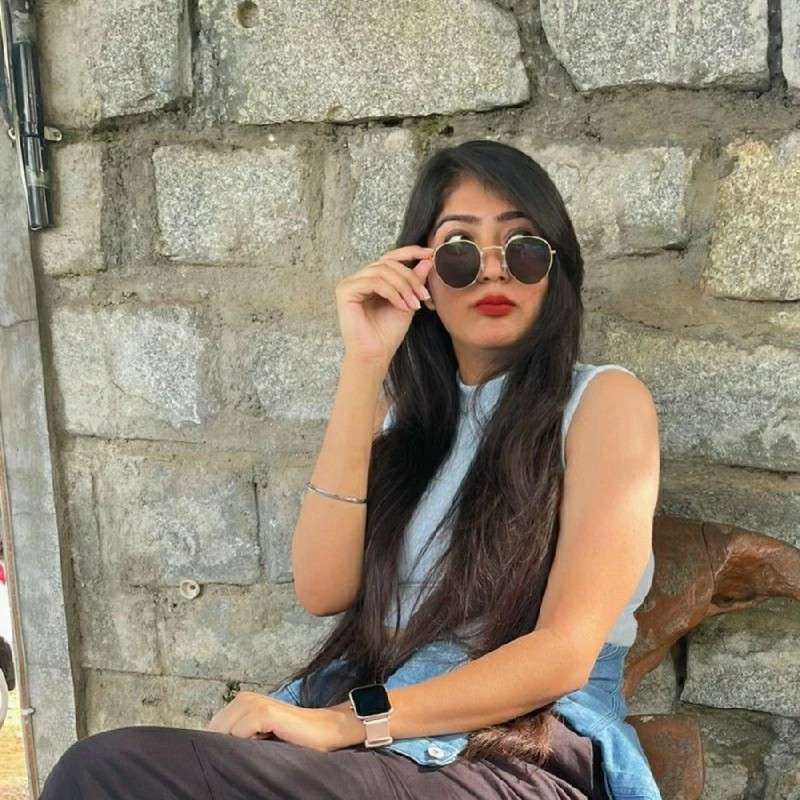
Experience the world through captivating stories of adventure and travel. As a senior content writer, I bring my passion for exploration to life, crafting tales that take you on a journey. With my words, you’ll feel the thrill of discovery and the joy of experiencing new cultures. Let me turn your imagination into a reality with stories that inspire you to explore and embrace the world.

